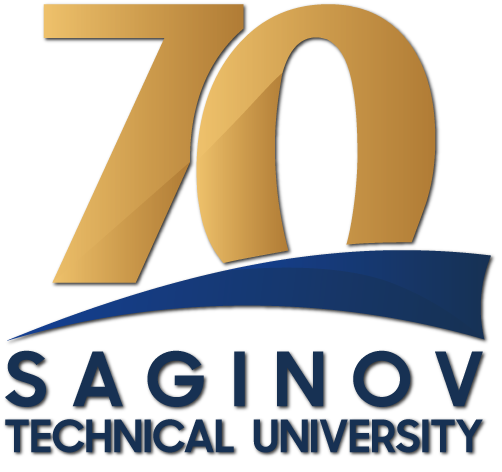First compiled in 2004, QS World University Rankings® were conceived to present a multi-faceted view of the relative strengths of the world’s leading universities.
They are based on data covering four key areas of concern for students: research, employability, teaching and internationalization.
The research currently considers over 2,000 universities, and ranks over 700. The top 400 are ranked individually, whereas those placed 401 and over are ranked in groups.
The rankings are compiled using the following six indicators:
Academic reputation (40%)
This is based on the academic reputation survey, which is distributed online to academics worldwide. Academics are asked to identify the universities that are currently producing the best research in their field of expertise.
The survey drew on more than 46,000 responses in 2012, aggregated over three years. Respondents are not permitted to submit their own institution or to respond more than once in a given year. For those who have taken part in one of the three previous years, only the most recent response is used.
The survey provides an insight into the global hierarchy as it stands in the eyes of the experts. Whereas citation data is heavily biased towards data-driven subjects such as biomedical sciences, the academic reputation survey weighs all disciplines equally. And whereas even highly influential research takes time to gain a large number of citations, a survey is more receptive to year-on-year trends.
Weightings are applied both geographically and by discipline to ensure as fair a representative spread as possible.
Employer reputation (10%)
The employer reputation indicator is based on a global online survey, this time distributed to employers. Results are again based on three years’ worth of ‘latest response’ data, totaling over 25,000 in 2012.
Employers are asked to identify the universities that produce the best graduates. This gives students an insight into which universities carry weight in the job market, as well as an indication of which universities are most successful at equipping graduates with skills that help them thrive in the job market.
Geographical weightings are applied to ensure fair representation from key regions of the world.
Faculty/student ratio (20%)
Faculty/student ratio is the most globally available and accessible measure of commitment to teaching. It measures the number of academic staff employed for every student admitted.
Citations per faculty (20%)
Citations are a widely used, conventional measure of research strength. A citation is a reference to one academic publication in the text of another. The more citations a publication receives the better it is perceived to be. Therefore, the more highly cited papers a university publishes, the stronger it can be considered to be.
As a measure, this is somewhat geared towards scientific and technical subjects, which is why it doesn’t carry more weight. The source used in this evaluation is Scopus, the world’s largest abstract and citation database of research literature.
The latest five complete years of data are used. The total citation count is factored against the number of faculty in order to take into account the size of the institution.
International faculty ratio (5%) and international student ratio (5%)
The most successful universities compete to attract the world’s best students and faculty. Simple evaluations of the proportion of international students and international faculty serve as indicators of an institution’s diversity and international attractiveness.
Additional information: reputational rankings by faculty area
In addition to an overall table, universities are ranked by their academic reputation in five broad faculty areas. This is based entirely on the results of the academic reputation survey, filtered according to the fields of expertise of respondents:
– Arts and humanities
– Engineering and technology
– Life sciences and medicine
– Natural sciences
– Social sciences and management
The rankings list the top 400 universities in each faculty area.
Information on the indicators of the International rating agency QS
for the University Departments
KSTU has participated in the International Ranking – QS World University Rankings for two years. To gain a worthy place in the ranking, the departments have to strengthen their work on the following indicators:
1) The teaching staff;
2) BSc programmes;
3) Graduate / Doctoral degree;
4) Graduates;
5) Assistance in finding jobs;
6) International relations.
